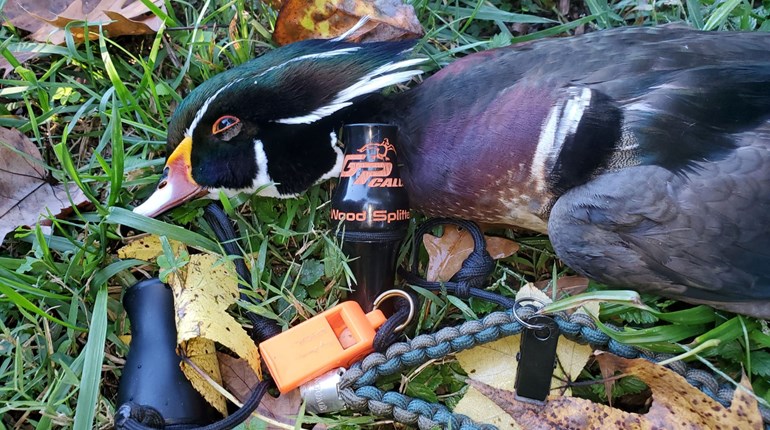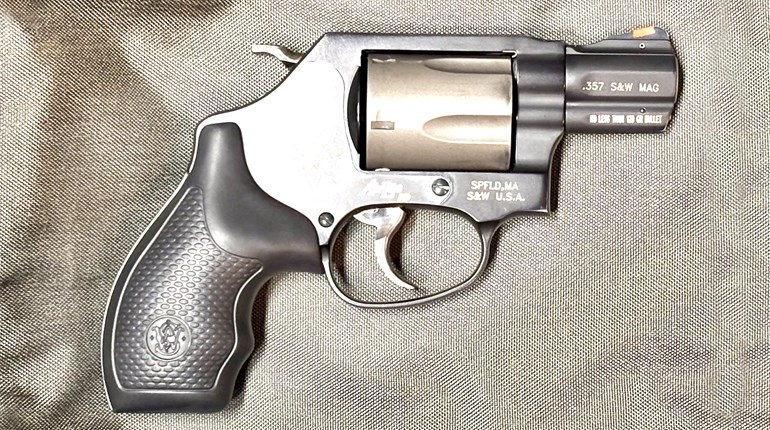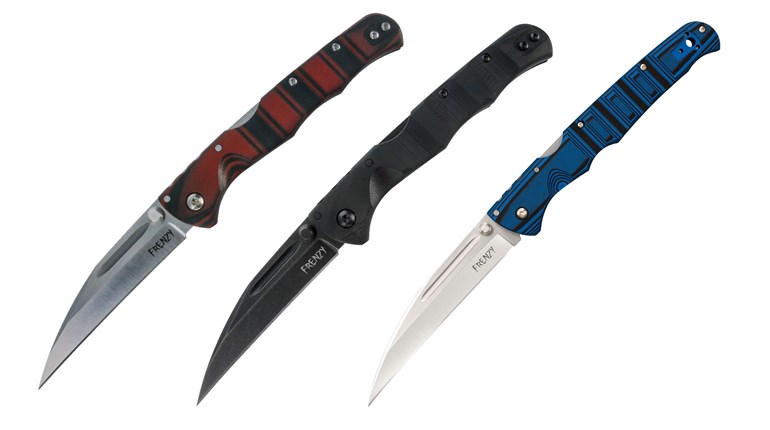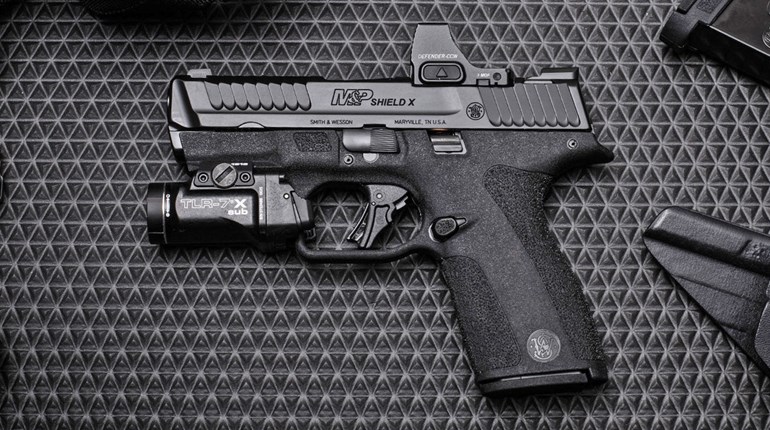** When you buy products through the links on our site, we may earn a commission that supports NRA's mission to protect, preserve and defend the Second Amendment. **
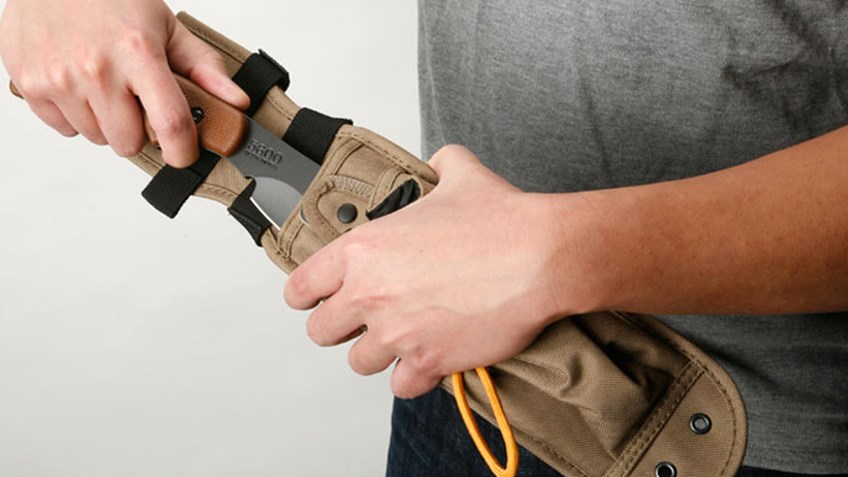
Whether you're filling your hunting pack or your jeans pocket as part of your EDC kit, it's important to keep whatever knife you select sharp. Why? A sharp knife is a safe knife; a knife that is dull will cut unevenly, increasing the chance that the blade will slip and cut you instead. And if you do get cut, it's far easier for doctors to repair a clean cut made by a sharp knife than a ragged one. It's also important to keep your knife sharp to perform its functions properly. Here are some simple tips to help you do just that.
First, a few words of caution. Present-day sharpening and grinding implements include a variety of electric-powered wheels and abrasive stones. Great care must be taken when using power equipment. In inexperienced hands, these grinders and sharpeners can do more harm than good. Most power sharpening and grinding devices produce a great deal of friction, which generates very hot temperatures. Overheating will "draw" the knife's temper, thereby ruining the blade, which will never hold a keen edge again. There is a danger too, that an inexperienced person may grind away too much of the blade.
The safest method for the average person is to use a sharpening stone. Keep the stone wet using a honing oil or any fine grade oil. Holding the stone in one hand and the knife in the other, keep the blade at about a 30-degree angle to the stone. Start at the knife handle end of the blade and, in a sweeping motion, rub the stone against the blade to the tip. Turn the blade over and sharpen the other side. Maintain an even pressure and the same angle consistently throughout the sharpening process.
To test if the edge is completely sharpened, run the blade edge lightly over the tip of your fingernail. If the blade slips at any spot on its edge, continue to rub the blade against the stone a few more times.
For a razor-sharp finish to your blade, you can give it a final stropping on a strip of heavy leather rubbed with jeweller's rouge, which is a polishing powder. Many sportsmen carry a sharpening steel with them to touch up the edge on their knife between proper sharpenings.
First, a few words of caution. Present-day sharpening and grinding implements include a variety of electric-powered wheels and abrasive stones. Great care must be taken when using power equipment. In inexperienced hands, these grinders and sharpeners can do more harm than good. Most power sharpening and grinding devices produce a great deal of friction, which generates very hot temperatures. Overheating will "draw" the knife's temper, thereby ruining the blade, which will never hold a keen edge again. There is a danger too, that an inexperienced person may grind away too much of the blade.
The safest method for the average person is to use a sharpening stone. Keep the stone wet using a honing oil or any fine grade oil. Holding the stone in one hand and the knife in the other, keep the blade at about a 30-degree angle to the stone. Start at the knife handle end of the blade and, in a sweeping motion, rub the stone against the blade to the tip. Turn the blade over and sharpen the other side. Maintain an even pressure and the same angle consistently throughout the sharpening process.
To test if the edge is completely sharpened, run the blade edge lightly over the tip of your fingernail. If the blade slips at any spot on its edge, continue to rub the blade against the stone a few more times.
For a razor-sharp finish to your blade, you can give it a final stropping on a strip of heavy leather rubbed with jeweller's rouge, which is a polishing powder. Many sportsmen carry a sharpening steel with them to touch up the edge on their knife between proper sharpenings.













